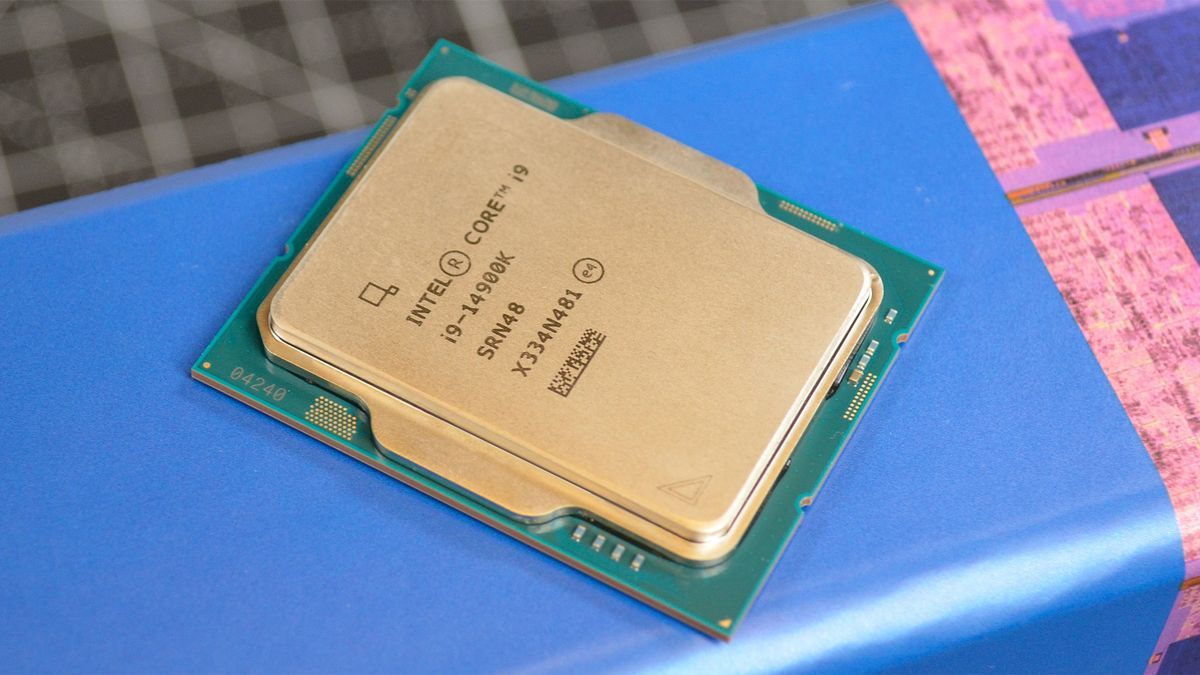Intel has issued a statement regarding crashing issues with its high-end 14th and 13th Gen CPUs, finally clarifying the cause (or at least the primary factor, apparently) and telling owners of affected processors that a microcode fix is on the way.
Team Blue informs us that 'high operating voltage' is the cause of the instability issues with these processors – mostly Core i9s reportedly, which are the most power-hungry chips, of course – based on extensive analysis of CPUs that have been returned to Intel due to this flaw.
In another statement (which we'll come back to later), Intel also let us know that these high voltages are a “key element” of the instability problem, so it seems they are the main cause (if not the only one – and again, we'll come back to this shortly).
As for Intel’s statement, it says: “Our analysis of the returned processors confirms that the elevated operating voltage is due to a microcode algorithm that generates incorrect voltage requests to the processor.
“Intel is delivering a microcode patch that addresses the root cause of the high voltage exposure. We are continuing validation to ensure that the instability scenarios reported to Intel regarding its 13th and 14th Gen Core desktop processors are addressed. Intel is planning to release the patch in mid-August to partners after full validation.”
Team Blue adds that it is “committed to working through this with our customers” and that those experiencing instability with 14th and 13th Gen chips should contact Intel customer support for assistance.
Intel is currently validating the microcode patch, which is scheduled for delivery in mid-August as mentioned, i.e. in less than a month.
Analysis: The oxidation spectrum is a separate topic
As you may already know, Intel has previously released a microcode update to tweak its Enhanced Thermal Velocity Boost (TVB) feature, in which the CPU is boosted to a faster maximum boost temporarily while temperatures allow for this speed, which was partly to blame for these instability issues, we were told at the time.
So a second patch is needed to adjust the chip voltage, which becomes too high, on top of that spiking issue. With any luck, this will cause PC gaming resolution to crash with these Core i9 processors (and other lower-tier chips, according to some reports, though this seems to be much less common).
If you look at the responses to that statement from Intel on its product support forums and comments elsewhere on the internet, not everyone is convinced that this is going to be the panacea for fixing all of these instability issues. People are also concerned about discussions elsewhere about potential oxidation and degradation issues for the affected CPUs, which a Team Blue representative addressed on Intel's subreddit (as noted by VideoCardz).
Intel acknowledged this oxidation issue, but said it was a separate manufacturing-related issue in the past and only affected older 13th-gen CPUs (in fact, it was addressed last year).
Here is the full statement provided by Intel on Reddit: “We can confirm that the oxidation manufacturing issue affected some early 13th Gen Intel Core desktop processors. However, the issue had a root cause and was addressed with manufacturing and display improvements in 2023.
“We have also analyzed reports of instability for 13th Gen Intel Core desktop processors and our analysis to date has determined that only a small number of instability reports can be connected to the manufacturing issue.”
In short, this is a standalone and relatively rare issue. Intel also mentions the following: “For the instability issue, we are delivering a microcode patch that addresses exposure to high voltages, which is a key element of the instability issue.”
Does the fact that high voltages are considered a “key element” suggest that there are still other elements that the investigation needs to determine? Or does it mean that those other elements are the previous TVB patch, as well as motherboard configurations and the other nuances that have been mentioned in the past?
We hope it's the latter, and overall this whole affair has been an unfortunate nest of interrelated bugs and issues. With any luck, Intel's latest move and the upcoming patch will fix the problem for good, when combined with the other fixes mentioned above. So be sure to install this microcode update when it arrives next month (via a BIOS update from your motherboard manufacturer).
The remaining concern for some will center around previous rumors about potential downgrade issues (CPU stability is supposedly getting worse over time) and whether this could have any sort of impact on the longevity of affected processors in the long term.
So your Core i9 will now only last, say, six or seven years, rather than many more, because it's been running in these unstable conditions for potentially many months? The problem is that when you get to this point, well, it's very hard to know anything for sure, but we think time, and whether there are increasing chip failure rates, will eventually tell whether such problems exist for some people.









